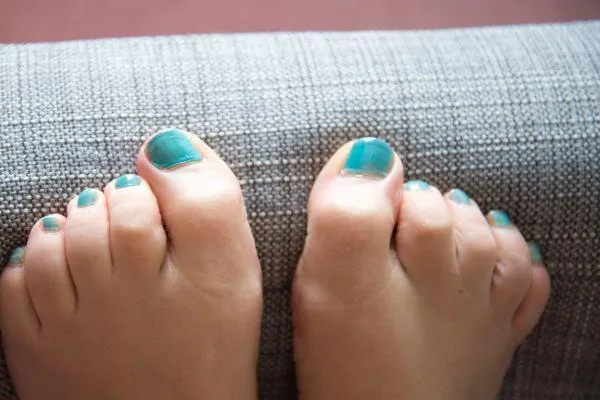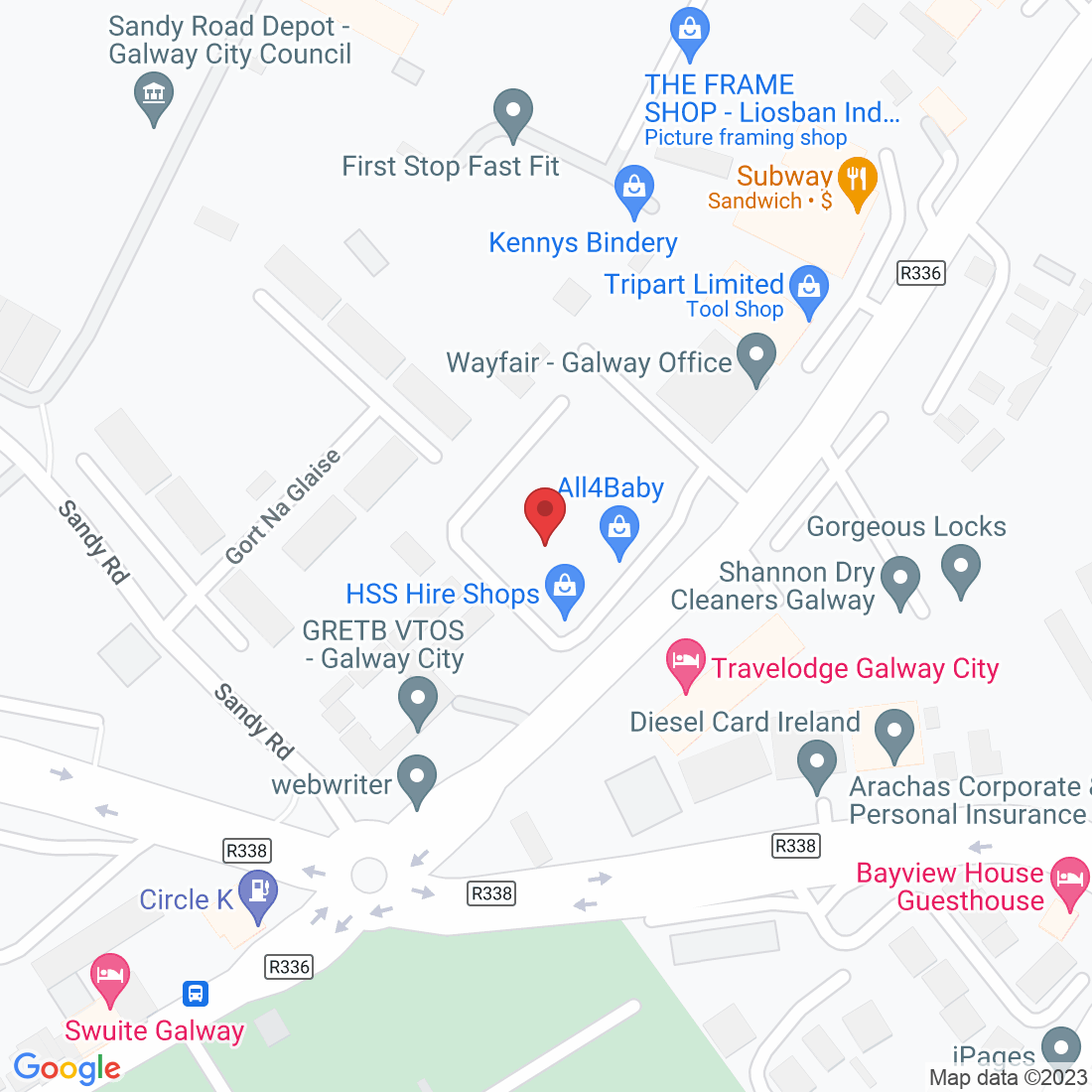
Claw Toes: What Causes Them and How to Stop Them From Getting Worse
If you've noticed your toes curling downward and staying bent, you might be dealing with claw toes. This common condition can cause discomfort, affect your ability to walk, and make finding comfortable shoes a challenge. At Peak Podiatry, we see this issue often, and the good news is—there are ways to treat it and prevent it from getting worse.
Let’s break down what causes claw toes, what to look out for, and how you can manage this condition to keep your feet healthy and pain-free.
What Are Claw Toes?
Claw toes are a deformity where the toes curl downward, resembling a claw. The joint at the base of the toe bends upward while the middle and end joints bend downward, creating a claw-like shape. It often affects the smaller toes and can cause discomfort, corns, calluses, and difficulty walking.
If left untreated, claw toes can become rigid over time, making it harder to straighten the toes without intervention.
What Causes Claw Toes?
Claw toes are typically caused by an imbalance in the muscles, tendons, or nerves that control the toes. Some of the most common causes include:
Nerve Damage: Conditions like diabetes or neurological disorders can weaken the small muscles in the feet, leading to toe deformities.
Arthritis: Osteoarthritis or rheumatoid arthritis can cause joint damage and deformity in the toes.
Tight or Poor-Fitting Shoes: Shoes that are too narrow, tight, or high-heeled can force the toes into an unnatural position over time.
Foot Structure Issues: High arches or other foot abnormalities can place extra pressure on the toes, leading to muscle imbalances.
Injury or Trauma: Past injuries to the foot or toes can increase the risk of developing claw toes.
How to Stop Claw Toes From Getting Worse
The earlier you address claw toes, the better the outcome. Here are some effective ways to manage and prevent claw toes from worsening:
Wear Proper Footwear:
Choose shoes with a wide toe box that gives your toes room to move naturally.
Avoid high heels, pointed shoes, or shoes that squeeze your toes.
Look for supportive shoes with cushioning and arch support.
Toe Exercises and Stretches:
Regular exercises can help strengthen the muscles in your feet and toes.
Try picking up small objects (like marbles) with your toes or gently stretching your toes back into a straight position.
Orthotics and Pads:
Custom orthotics can help redistribute pressure on your feet and correct muscle imbalances.
Toe pads or splints can provide support and help keep your toes in a better position.
Maintain Healthy Feet:
If you have conditions like diabetes, proper foot care is essential to prevent nerve damage and muscle weakness.
Keep your feet moisturized to prevent corns or calluses from forming where the toes rub against shoes.
Seek Professional Help:
If your claw toes are causing pain or impacting your mobility, it’s time to see a podiatrist. At Peak Podiatry, we can assess your feet, identify the root cause of your claw toes, and create a personalized treatment plan to help you feel better.
When Is Surgery Needed?
In advanced cases where claw toes have become rigid and painful, surgery may be required to correct the deformity. Surgical options can realign the bones, tendons, and joints, restoring the natural position of the toes. A podiatrist will help you decide if surgery is the right step for you.
Take Control of Your Foot Health
Claw toes can be managed with the right approach, and the earlier you take action, the better your chances of stopping them from getting worse. Whether it’s choosing better footwear, doing simple exercises, or seeking professional care, small steps can make a big difference.
At Peak Podiatry, we’re here to help you every step of the way. If you’re experiencing claw toes or any other foot concerns, don’t hesitate to get in touch with us.
Ready to take the first step? Book an appointment today!
Ask Robert And His Team
Fill in the form to request a Call From Our Team
Fill in the form to request a Call From Our Team
One of our team will call you for FREE and answer any questions or concerns you may have about your Foot Pain.
One of our team will call you for FREE and answer any questions or concerns you may have about your Foot Pain.
© Copyright 2022. Peak Podiatry All rights reserved.





